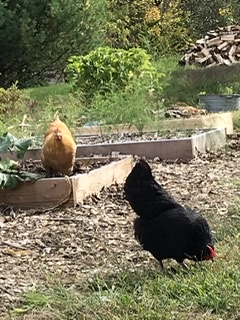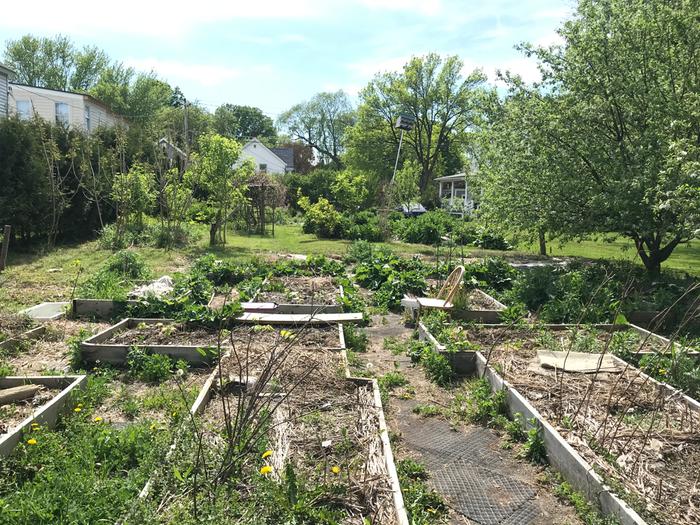
 3
3





 11
11





 7
7




Some places need to be wild
 3
3




Idle dreamer
 9
9





. . . bathes in wood chips . . .
 5
5




Forever creating a permaculture paradise!
 4
4




 3
3




 6
6




"The rule of no realm is mine. But all worthy things that are in peril as the world now stands, these are my care. And for my part, I shall not wholly fail in my task if anything that passes through this night can still grow fairer or bear fruit and flower again in days to come. For I too am a steward. Did you not know?" Gandolf
 2
2




 11
11




"The only thing...more expensive than education is ignorance."~Ben Franklin
"We can easily forgive a child who is afraid of the dark; the real tragedy of life is when men are afraid of the light." ~ Plato
 6
6




"The only thing...more expensive than education is ignorance."~Ben Franklin
"We can easily forgive a child who is afraid of the dark; the real tragedy of life is when men are afraid of the light." ~ Plato
 6
6




 7
7




George Edgar wrote:I tried the cardboard and wood chips. As stated elsewhere, that is only good for one year at best. Being old and decrepit, I just let the weeds grow. But, recently, someone suggested I put down carpet. It lets the water through and kills the weeds. I was told I could get free carpet from carpet installers who pull out old carpet when installing new carpet. This sounds intriguing. So, what do others think of this idea? I am still trying to think through all of the ramifications. Thank you.

- Pancake

 9
9





- Tim's Homestead Journal - Purchase a copy of Building a Better World in Your Backyard - Purchase 6 Decks of Permaculture Cards -
- Purchase 12x Decks of Permaculture Cards - Purchase a copy of the SKIP Book - Purchase 12x copies of Building a Better World in your Backyard
 8
8




I have Hobbit feet, but if I keep them shaved, no one notices.

 3
3





* Follow your curiosity , Do what you Love *
Permaculture page on Simperi website | How to use your intuition, a guide

|
I have always wanted to have a neighbor just like you - Fred Rogers. Tiny ad:
Communities Directory Book, Edition VII (2016)
https://permies.com/t/210954/ic-org/Communities-Directory-Book-Edition-VII
|



